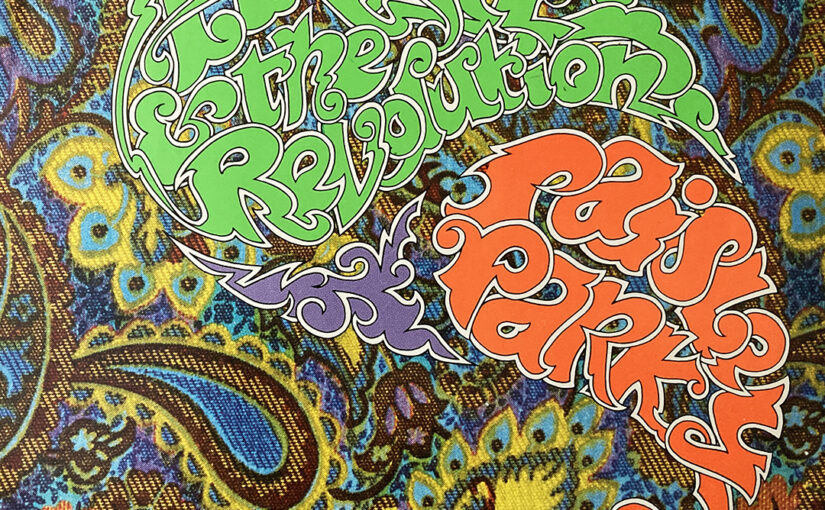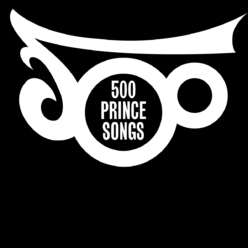Around the World in a Day (1985)
Recording studios can have a powerful pull on the imagination. They’re the birthplace of your favourite records, where ephemeral songs are first plucked from the ether and materialised into matter. A process that’s even more mystical when you’re young. At age 10, the Music Factory logo on the back of my first bought record fascinated me. It featured a brick, industrial building with musical notes billowing out of the chimney. That year, because we were in the area, my parents drove me to see the actual studio. It was a nondescript, small office that we felt no need in getting out of the car to inspect further. The reality didn’t live up to the Charlie Bucket fantasy. But that didn’t quash my imagination. A couple of years later the KLF, a band who understood the power of myth, had a hit single named after their recording studio and squat. Trancentral was described as a state of mind in their lyrics, while stories in the media painted it as a location of after-hours hedonism. Both descriptions helped feed the myth that the music just pops into existence in the right conditions, instead of the result of laborious hours hunched over a mixing desk. It seemed like the coolest place on Earth. Later, as I got into dub I was fascinated by stories of Lee ‘Scratch’ Perry’s Black Ark studio, with its candles, incense and magical invocations turning the recording process into an arcane ritual. Whether or not he did burn the studio down because of “unclean spirits” is almost irrelevant, just that story being out there reinforced the idea that Perry was a shaman coaxing music into our realm. Prince was building his Paisley Park myth three years before he built his studio complex. It was the title of an unreleased instrumental and the name he gave his rehearsal space in 1984. And here on the first release from the Paisley Park label is Paisley Park, a song equating the eponymous location with a feeling that’s in your heart. Later, this spiritual description was joined by stories from the actual Paisley Park. Wild parties, all-night recording sessions and palace intrigue. George Benson once said Prince “used the right word when he called it a ‘park’ because it was like being in a menagerie”. While Trancentral’s squat parties fitted in with the KLF’s anarchic dance music, and The Black Ark’s ganja-smoked shamanism matched Perry’s hazy, otherworldly dub, the real-world Paisley Park soon became at odds with the song bearing its name. The violin, minor-key calliope and verses about people in despair lend it a terrible sadness – more a melancholy than a menagerie – and while the chorus is more joyous, painting Paisley Park as a route out of your vale of tears, the overall effect is that Prince’s axis mundi, with its broken, merry-go-round melody, seesaw vocals and ghostly strings, sounds like a haunted fairground. Children’s laughter long replaced by the banshee wail of an electric guitar carried on the wind. It may be in your heart but it comes wrapped in a memento mori. Closer to the Paisley Park of today. If you want a more upbeat experience, go and watch the official video of happy, smiley children dancing along to its psychedelic charm. It’s one of Prince’s worst videos and not just because it has the production values of something you’d normally find accompanying karaoke. It’s because it ignores the song’s inherent sadness. Life is a tragic carnival, something that Paisley Park despite its best attempts never forgets.


One thought on “65: Paisley Park”